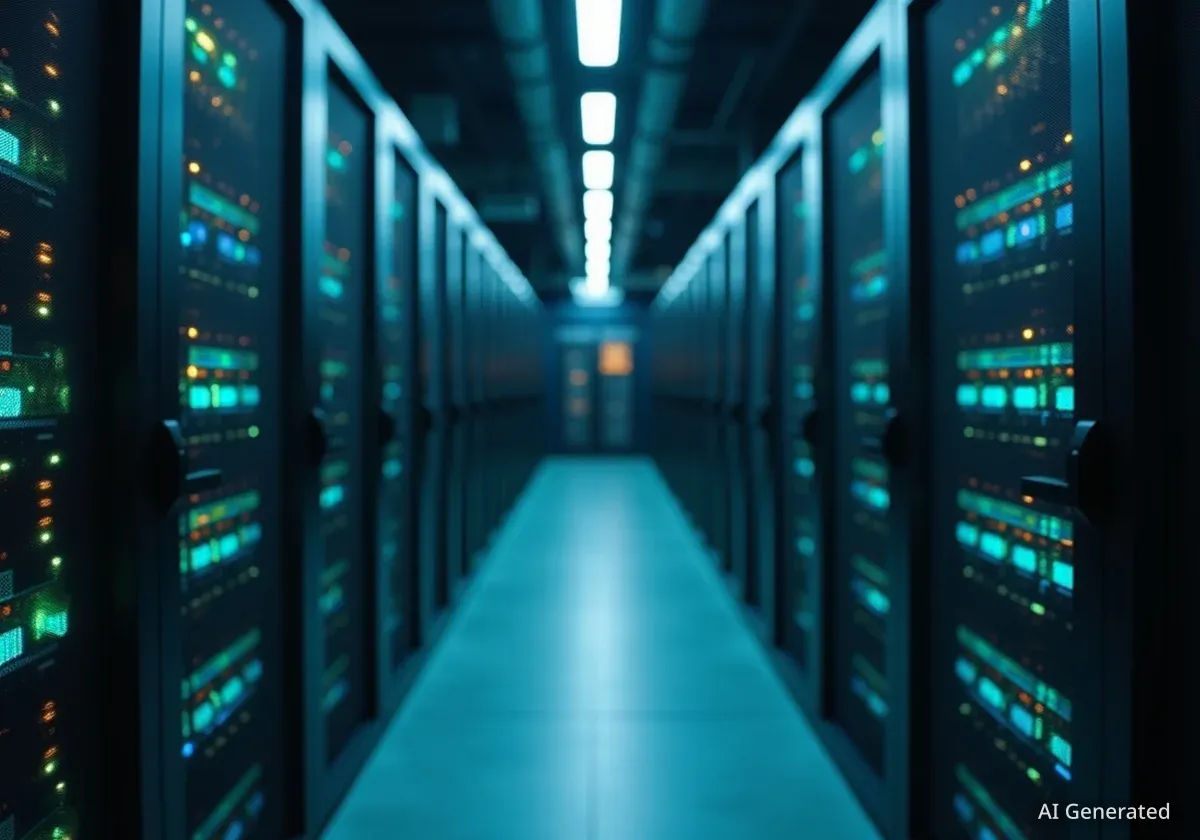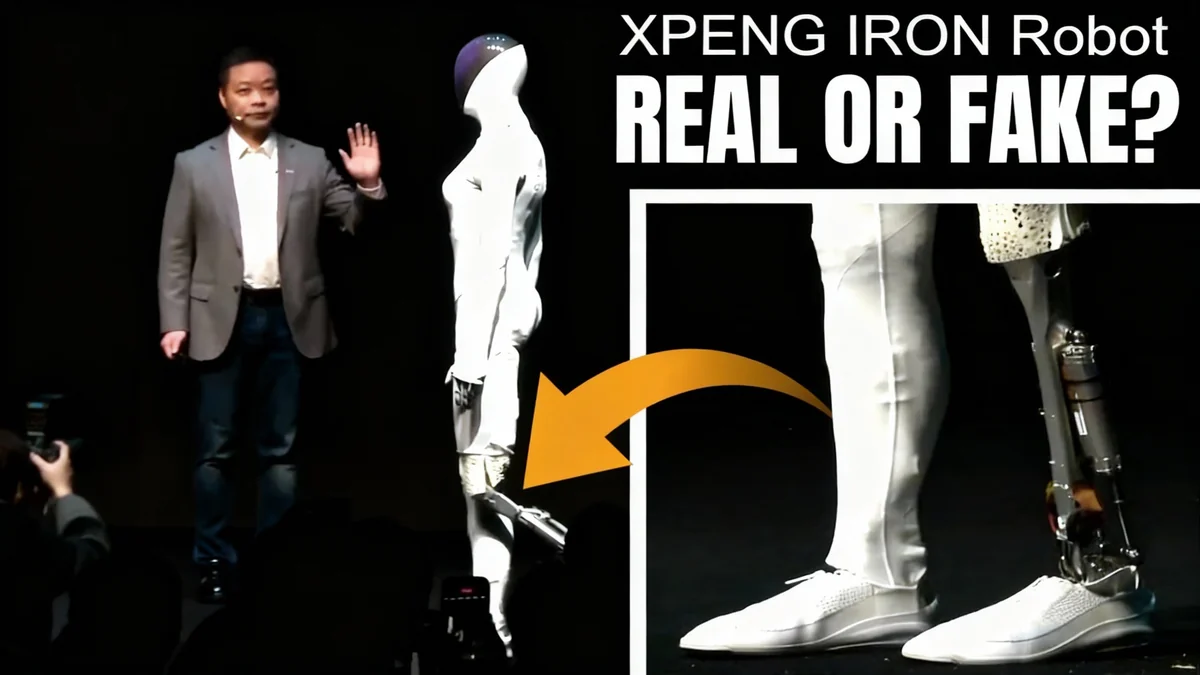Nvidia is reportedly in discussions with key partners, including OpenAI, about a fundamental shift in how it provides access to its high-demand artificial intelligence chips. The semiconductor giant is exploring a leasing model, which would move away from direct sales and could significantly alter the financial landscape for AI development.
This potential change in strategy addresses the immense upfront costs and supply chain challenges faced by AI companies that require massive computing power. A subscription-based hardware model could offer more predictable expenses for customers and create a steady, recurring revenue stream for Nvidia.
Key Takeaways
- Nvidia is considering a chip leasing business model as an alternative to outright sales.
- This move is reportedly being discussed with major AI firms like OpenAI.
- A leasing model would convert large capital expenditures (capex) into more manageable operational expenditures (opex) for AI companies.
- The strategy could provide Nvidia with stable, predictable recurring revenue and greater control over its hardware ecosystem.
The High Cost of AI Infrastructure
The development of advanced artificial intelligence, particularly large language models (LLMs) like those created by OpenAI, is an incredibly expensive process. A significant portion of this cost is tied to acquiring the specialized hardware needed for training and inference.
Nvidia's GPUs, such as the H100 and the newer B200, have become the industry standard for these tasks. However, their high price and limited availability present a major barrier to entry for many organizations. A single H100 GPU can cost tens of thousands of dollars, and AI models often require clusters of thousands or even tens of thousands of these chips operating in unison.
By The Numbers
Estimates suggest that training a state-of-the-art AI model can cost hundreds of millions of dollars in computing resources alone. This massive capital outlay makes it difficult for all but the most well-funded companies to compete at the highest level.
This financial pressure is a key driver behind the exploration of new business models. For companies like OpenAI, which operate at a massive scale, the ability to access cutting-edge hardware without an enormous upfront investment is highly attractive.
A New Paradigm: Hardware as a Service
The proposed leasing model would transform Nvidia's GPUs into a service, a concept often referred to as Hardware as a Service (HaaS). Instead of purchasing chips, companies would pay a recurring fee to use them, similar to how businesses subscribe to software services like Microsoft 365 or Salesforce.
Benefits for AI Companies
For customers, the primary advantage is financial. Shifting from capital expenditure to operational expenditure improves cash flow and makes budgeting more predictable. It also lowers the barrier to entry, potentially allowing smaller companies and startups to access powerful computing resources.
Furthermore, a leasing arrangement could ensure that companies always have access to the latest technology. As Nvidia releases new, more powerful chips, customers could upgrade their leased hardware more easily than if they had purchased the previous generation outright.
"The capital intensity of building out large-scale AI is one of the biggest challenges in the industry. Any model that smooths out that spending curve would be a welcome development for developers."
Strategic Advantages for Nvidia
While a leasing model offers clear benefits to customers, it also presents significant strategic advantages for Nvidia. The most obvious is the creation of a powerful recurring revenue stream. This would make the company's earnings more stable and less susceptible to the cyclical nature of hardware sales.
Learning from the Cloud Giants
The concept of providing computing as a utility is not new. Cloud providers like Amazon Web Services (AWS), Microsoft Azure, and Google Cloud have built trillion-dollar businesses by renting out access to servers, storage, and specialized GPUs on an hourly basis. Nvidia's potential move could be seen as an effort to capture more of that value directly.
A leasing model would also give Nvidia greater control over its hardware. The company could manage the entire lifecycle of its chips, from deployment to decommissioning. This would help prevent the emergence of a large secondary market for used GPUs, which could otherwise cannibalize sales of new products. It would also allow Nvidia to ensure its hardware is being used efficiently and securely.
By leasing directly to large customers, Nvidia could also deepen its relationships and gain more direct insight into how its products are being used. This feedback loop is invaluable for developing future generations of hardware and software tailored to the specific needs of the AI industry.
Market Implications and Potential Hurdles
A shift by Nvidia toward a direct leasing model could have wide-ranging effects on the technology ecosystem. It would position Nvidia not just as a hardware supplier but as a direct competitor to the major cloud service providers.
These cloud companies are currently Nvidia's largest customers, buying GPUs in massive quantities to rent out to their own clients. If Nvidia begins leasing directly to the same end-users, it could disrupt this established channel. However, the logistics of managing a global hardware leasing operation are complex and would require a significant investment in infrastructure and support systems.
Logistical Challenges
Implementing a HaaS model at scale presents several challenges:
- Maintenance and Support: Nvidia would become responsible for the physical maintenance, repair, and replacement of leased hardware.
- Logistics and Deployment: The company would need a robust global logistics network to deploy and manage chips located in data centers around the world.
- Pricing and Contracts: Developing flexible and competitive pricing structures for leasing would be critical to its success.
Despite these hurdles, the immense demand for AI computing power and the potential for stable, long-term revenue make the leasing model a compelling strategy for Nvidia. The ongoing discussions with OpenAI signal that the industry is actively seeking new ways to manage the staggering costs of building the future of artificial intelligence.





